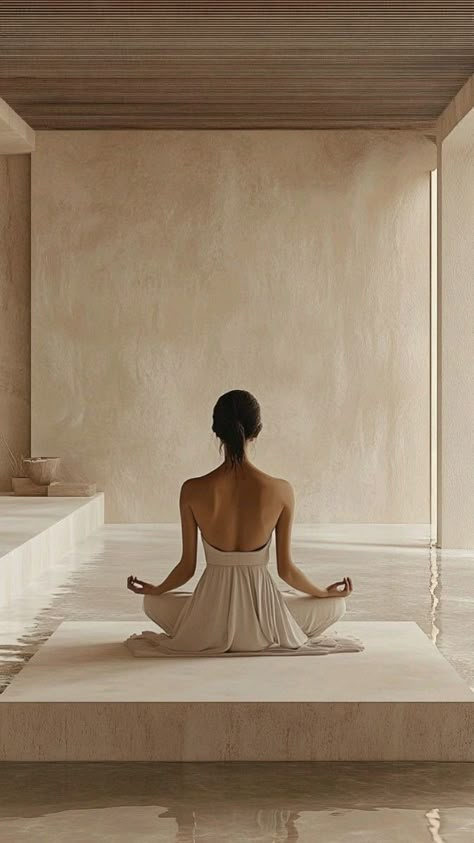
Anastasia Hisel
Wellness Clubs Rise as Modern Status Symbols in Luxury Lifestyle
Step into the polished lounge of a new-age wellness club in Manhattan or West Hollywood and you might mistake it for a members-only boutique hotel—or perhaps even a subdued, art-forward gallery space. Artisanal matcha flows as freely as conversations about mineral deficiencies, longevity supplements, and the newest cognitive performance tools. Beyond the living walls and ambient lighting, an elite group of urban professionals is quietly rewriting the rules of membership. This isn’t about exclusive dining rooms or vintage wine lockers. This is about access to health—restorative, elevated, and deeply personalized.
The quiet prestige of wellness clubs represents a cultural shift that runs deeper than infrared saunas and IV drips. Traditional social hierarchies were once defined by golf club handicaps or how often one could get a reservation at a speakeasy behind a steakhouse. Today, they are being reimagined through daily lymphatic drainage massages, personalized epigenetic coaching, and participation in high-performance recovery programs once reserved for Olympic athletes. These new institutions promise more than accumulation; they center on optimization. And for a rising class of wellness-savvy twenty and thirtysomethings, cultivating a biologically younger body and a neuroscience-supported state of calm is the new barometer of success.
Behind this movement is a discrete but decisive trend: a growing distrust in one-size-fits-all healthcare, coupled with a hunger for immersive, high-touch service. Unlike traditional gyms or yoga studios, wellness clubs offer full-spectrum access—not just to reformer Pilates and elevated skincare protocols, but also to monitoring ecosystems and diagnostic labs. Walk in for a facial, and leave with a real-time mapping of your stress hormone curves and mitochondrial resilience. It’s science woven into lifestyle, delivered with the kind of attention to aesthetic detail you typically find in the pages of Architectural Digest.
What’s driving this transformation isn’t just a response to burnout and screen fatigue—it’s also the savvy application of neuroscience and biochemistry to daily habits. These clubs are designed around four primary pillars: recovery, performance, restoration, and optimization. But within those, members find a depth of expertise that rivals concierge medical care. At Remedy Place in Los Angeles, members don’t just float in hyperbaric chambers; they undergo continuous tracking through wearable biosensors synced to in-house practitioners. At The Well in New York, personalized nutrition protocols are paired with microbiome assessments, ensuring that no green juice is merely decorative. The experience is immersive, yes, but it is also deeply informed by rigor and data.
The cultural implications are quietly profound. As luxury becomes less about display and more about discretion, routines once considered niche are becoming the new currency of meaning. It’s no coincidence that biohacking influencers racking up millions of views are now being courted by established fashion houses and tech C-suites alike. The modern tastemaker is no longer defined by their handbag collection or car upgrade cycle, but by something they can’t Instagram: stress variability, metabolic age, and resilience capacity. And while some critics dismiss this as a polished form of health elitism, others argue it reflects a growing societal reevaluation—an acknowledgment that time, vitality, and mental clarity are the real commodities in a world where every moment is double-booked.
Of course, this new-age club culture maintains its own form of quiet gatekeeping. Initiation often comes via referral, and monthly membership fees easily rival those of traditional country clubs. But the value proposition is changing. Instead of access to exclusive golf courses or ski lodges, members gain early entry to longevity research, mental and metabolic performance coaching, and highly curated wellness travel retreats. They leave meetings with physicians who explain cellular senescence and plan weeklong reboots in Costa Rica, designed around circadian alignment and HRV optimization.
In many ways, the rise of wellness clubs mirrors our broader social evolution: a shift from what we have to how we live—and increasingly, how we thrive. For those at the intersection of ambition and aesthetics, these spaces are more than clubs. They are 21st-century temples for the self-aware, where luxury isn’t just how the space looks—but how you feel within it, measured down to your DNA.


